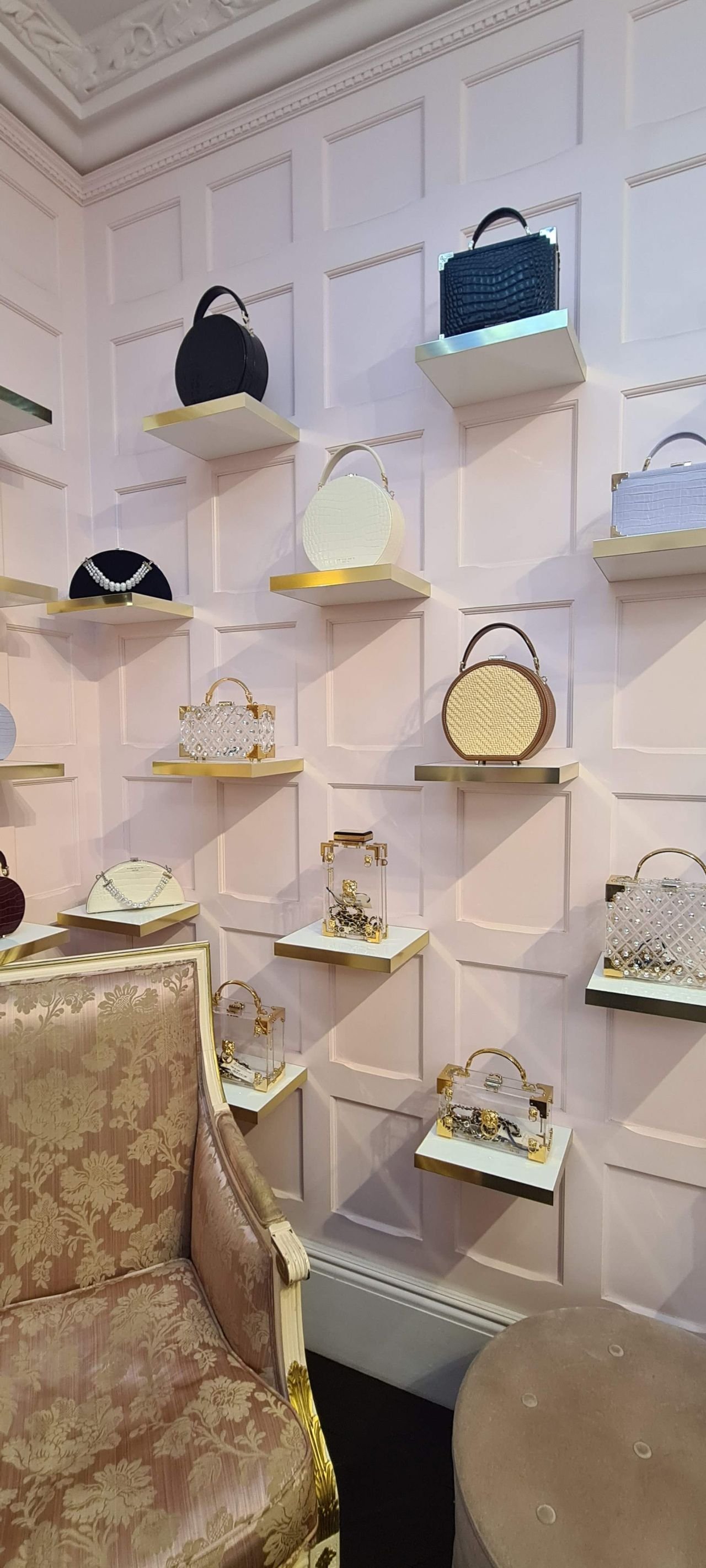THREE YEAR MARKETING STRATEGY
Aspinal Of London: Luxury, Fashion & Lifestyle
Aspinal Of London Marketing Strategy
This project conducted a comprehensive analysis of the British luxury leather goods brand, Aspinal of London, with the aim of expanding its reach to the Gen Z demographic.
Using primary and secondary research, the study assessed Aspinal’s brand identity, market positioning, and consumer insights to create a three-year strategic marketing plan. The findings provided actionable recommendations to enhance Aspinal's appeal and foster connections with a younger audience.
-
The project adopted an interpretivist research philosophy and utilised a mixed-method approach. This included primary research, such as consumer surveys targeting current and potential customers, ethnographic observation of luxury retail environments, and expert interviews.
Secondary data from academic journals, industry reports, and online sources supplemented the analysis, providing context on luxury market trends, digital innovation, and Gen Z preferences.
-
The Gen Z demographic is reshaping the concept of luxury, placing greater importance on sustainability, digital innovation, and nostalgic aesthetics. While Aspinal has low awareness among Gen Z consumers, emerging trends such as the growth of resale markets and a heightened interest in digital experiences offer significant opportunities for the brand to modernise its offerings and communication strategies.
-
A three-year plan was developed to increase brand awareness and engagement among Gen Z. Year 1 focuses on building a social media presence with influencer partnerships and creating TikTok content highlighting Aspinal’s craftsmanship and modern aesthetics. Year 2 introduces a digital product-viewing experience and strategic collaborations to elevate brand interaction. Year 3 leverages cutting-edge technologies, including an app with resale options, to solidify Aspinal’s digital footprint and foster loyalty.
Key campaign ideas include:
“Manifest an Aspinal” Challenge: Leveraging trends like manifestation and nostalgic aesthetics to engage Gen Z in a fun, shareable manner.
Pop-Up Events: Bridging the gap between physical and digital experiences by showcasing Aspinal’s heritage and product craftsmanship.
Resale Platform Launch: Tapping into the booming circular economy to align with sustainability-driven consumer values.
Project Details
-
Primary research involved surveys sampling over 100 participants across demographics and ethnographic observation in retail spaces, uncovering patterns in consumer interaction and preferences. Secondary research drew from reputable sources like LSN Global, industry publications, and retail analysis, ensuring a robust and credible strategy.
-
Aspinal’s current consumer base consists predominantly of affluent individuals aged 40-70, valuing heritage and quality. The proposed Gen Z target, represented by a persona named Julie, is a young professional valuing sustainability, investment-worthy products, and digital convenience. She seeks a balance of fashion, professionalism, and functionality in her purchases.
-
Aspinal’s three-year strategy focuses on modernising its brand to engage the Gen Z demographic while retaining its heritage appeal.
Year 1: Build social media presence by partnering with influencers, leveraging platforms like TikTok, and engaging with trends such as archive fashion and royal aesthetics. Campaigns aim to spark user-generated content and boost brand awareness.
Year 2: Introduce digital innovations, including an interactive product-viewing experience, complemented by physical pop-ups to connect with consumers. Strategic collaborations with sustainability-focused influencers and brands are prioritised.
Year 3: Expand into cutting-edge digital spaces with an app offering resale options and exclusive features for high-spending clients. Strengthen engagement through metaverse integration and a feedback loop via social media channels.
This comprehensive plan combines digital transformation, sustainability initiatives, and creative storytelling to attract a younger, tech-savvy audience while preserving the brand's luxury image.
Success metrics include social media engagement, app downloads, resale participation, and qualitative feedback from Gen Z consumers.










